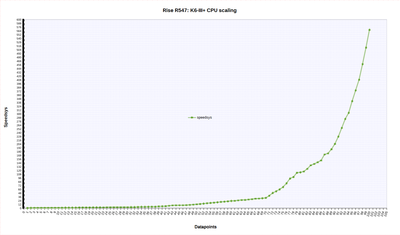My answer to the OPs initial Question......
486 DX-4 100mhz
64MB RAM
L2 cache
80GB HDD...SSD perhaps
VLB or PCI video 1+MB SVGA...3D accel If possible
Stripped to the Core Windows 95 OSR 2.1
SoundBlaster AWE series
LAN over TCP/IP
Moslo or Turbo for XT era stuff - ie. paratrooper, Ultima 1-3, Burger Blaster, and for stuff like Sierra AGI you don't even need to slow it down.
Turbo button for 286/386 era - Test Drive 3, Wolfenstein 3D, Street Rod 1&2, if you really want to be nitpicky about speed, Ultima VI. But honestly I like the extra Speed the DX4 gives these so I don't need turbo.
486 native stuff runs incredible of course (7th Guest, MYST, Doom, Ultima 7 & 8, Dungeon Hack)
And some early Pentium stuff will work as well but might have tiny snags here and there (Duke Nukem 3D, Postal, Menzobarrenzan, I even got The Sims to just barely run...once)....later 486s can and do have some Pentium features baked in (Write back cache, CMPXCHG, pipelining...IIRC).
This is all my own personal experience of the last 18 years. YMMV. But to me the late era DX2 and DX4 486s are the ultimate retrogaming powerhouses when it comes to the widest range of what runs. They can even run some decent emulators without much fuss (MAME, NESticle, Z26).
